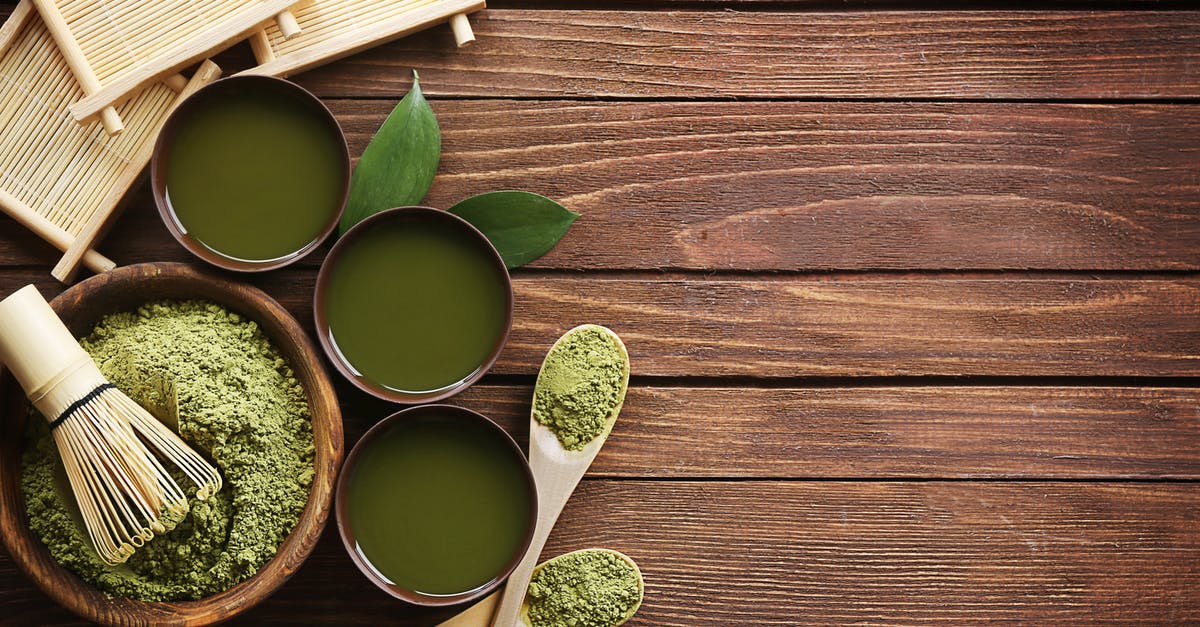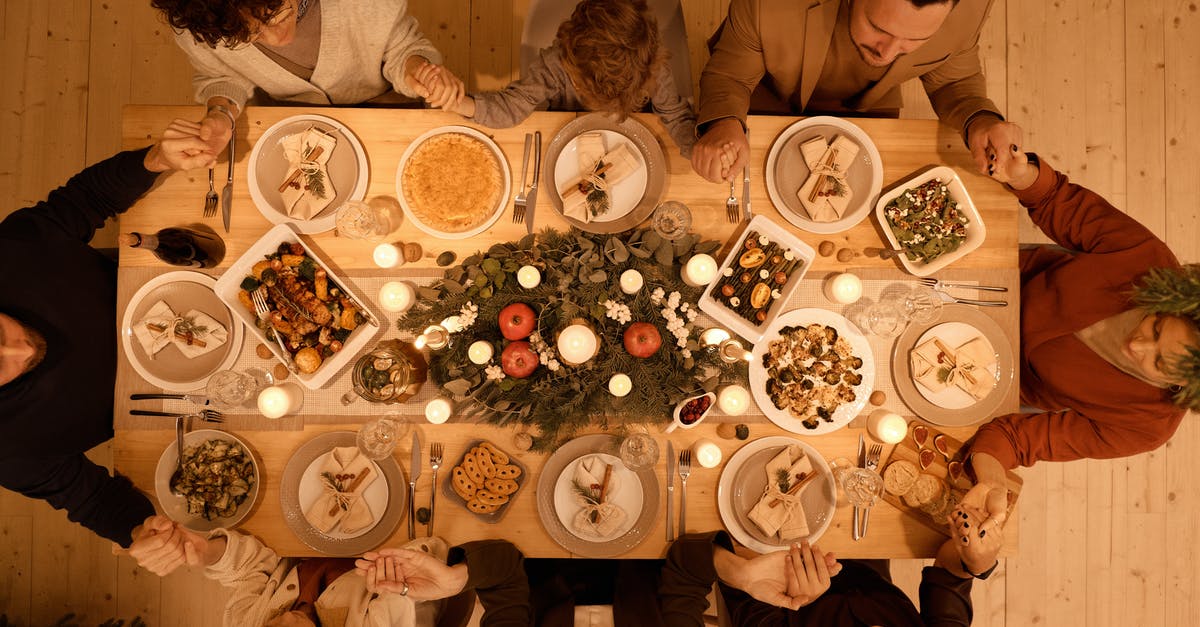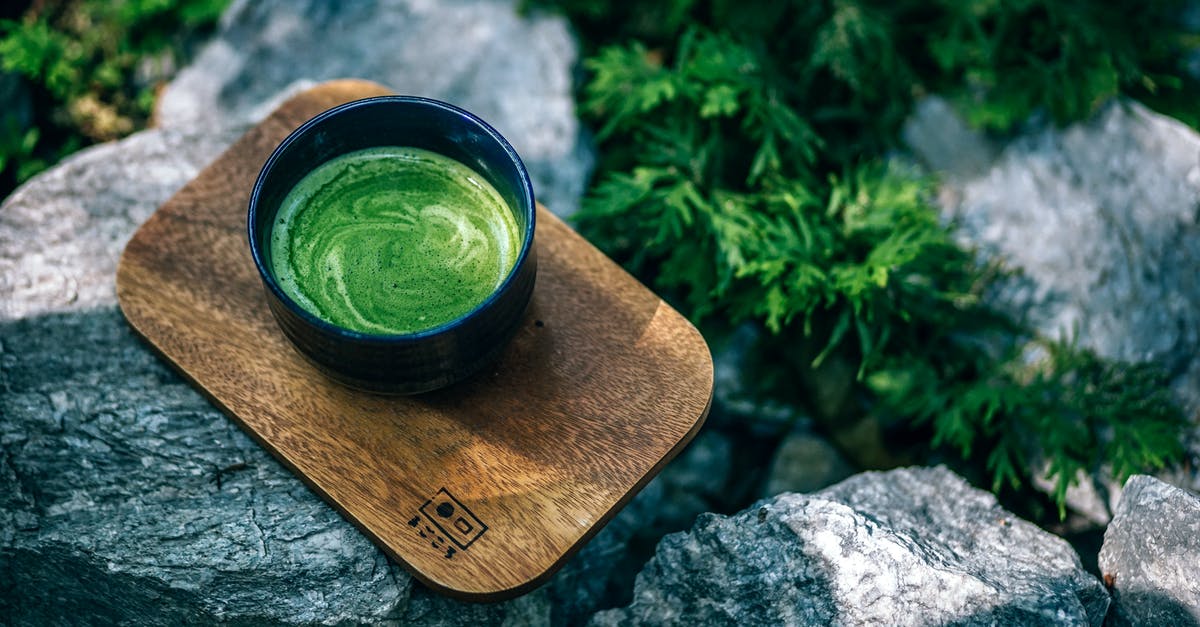How does the flavour from aromatics actually get into food?

I've always wondered what the exact mechanism is which allows flavours from aromatics to permeate food. For instance, I bake chicken with sliced lemon, sliced garlic, and parsley (each in hefty amounts), and it doesn't really seem to matter where the aromatics are in the pan when I put it in the oven, as the chicken still comes out with some of the flavour.
I haven't been able to find an answer online, perhaps because it's simpler than I'm imagining. Is the chicken basting in a liquid flavoured with the aromatics? Are the flavours of the aromatics carried in evaporating water molecules through the air?
Also, what are the implications of this mechanism of flavour transfer? For instance, where should my aromatics be placed relative to my food in order to maximize flavour transfer, and what ingredients work best as aromatics?
If flavours are aerosolized and transfer to the food that way, is it a good idea to loosely cover the food with aluminum foil before putting it in the oven to "trap" the flavour particles?
Best Answer
There's lots of different ways to answer this question.
Is the chicken basting in a liquid flavoured with the aromatics? Are the flavours of the aromatics carried in evaporating water molecules through the air?
The answer is yes to both, and it really depends on what you're cooking and how you're cooking it. I'll try to think of a couple examples, but before I dive into that, there's some plant science we need to discuss.
When the aromatics heat up, they release their own oils, and the oils are part of what flavours the food (there is still flavour in the leaves/spices/fruit itself, so not all the flavour is coming from these oils). For example; when you cut into, say, an orange peel, you (typically) smell a strong orange scent. What you're actually smelling isn't the fruit inside (because you haven't made it to the fruit just yet), but the oils of the peel that get released because when you broke the peel, you broke the cell walls of the plant and released the oil into the air (sometimes you can even see the spray of oils depending on the lighting). This is also why some recipes tell you to "bruise" your herbs, because doing so breaks the cell walls and allows the oils to escape easier/faster (side note but this is especially true of dried herbs! Whenever I add dried herbs to food, I always pour them into my hand and rub them as I sprinkle them to bring out the flavours more). These oils then dissolve into water, fat, or alcohol, and thus flavour the water/fat/alcohol. Typically, these oils dissolve best in fat.
Let's talk about the example you gave of chicken with sliced lemon, sliced garlic, and parsley. For this example, I'm assuming this is chicken breast baked on a sheet tray, and I will also be assuming you're using olive oil (or any oil/fat). When the chicken and aromatics get heated in the oven, the chicken will start to release fat and the aromatics will start to release their oils. Some of the flavour of the oils will be released into the steam and will lightly flavour your chicken, which is why your chicken has "some of the flavour" of the aromatics. However, the majority of your flavour (in this case) has actually dissolved into the fat that you see on the sheet tray. There will probably be brown bits on your sheet tray as well - this is called "fond" and it is basically concentrated flavour. If you were to remove the chicken and aromatics from the sheet tray and make a gravy/pan sauce using the fat and scraping those brown bits off, the flavours of your aromatics will be much more intense in the sauce than the meat.
Another example I can think of is pho broth. Pho broth is perfumed with star anise, cloves, and cinnamon. To get the best flavour from these aromatics, you would heat them up before adding them to the broth to release their oils. From there, the aromatics simmer with the broth for a few days. This allows the aromatics to release more oils, and allow the oils to dissolve into the broth, thus adding their flavours into the mix.
Also, what are the implications of this mechanism of flavour transfer? For instance, where should my aromatics be placed relative to my food in order to maximize flavour transfer, and what ingredients work best as aromatics?
Typically you'll want to place your aromatics as close to the meat as possible, and sometimes inside the meat (in the case of things like whole poultry). Again, it kind of depends on what you're cooking and how. If you're roasting in the oven it's not a huge deal so long as you don't open your oven a bunch of times during the cooking process. The steam generated doesn't really have anywhere to go in the oven until the door is open, so keeping it shut helps trap the steam and the oils inside.
As far as ingredients that work best as aromatics? That entirely depends on what flavours you like. You could get a notebook and jot down what flavours you put into a dish, then when you're done eating make a few notes about how it tasted (ex. 'needed more glaric', 'too much thyme', 'didn't like the taste of star anise and dill together'). You'll get to know your preferred flavours and find combos you love. If that's too much hassle, try to find cooks/chefs on YouTube or Instagram and follow their recipes, especially if it's a new food or flavour you're trying out. Josh Weissman, Binging with Babish, Sohla El-Waylly, and Alison Roman are a few of my personal favourites. Buzzfeed/Tasty recipes are typically pretty easy to follow and great intros if you're very new to cooking.
If flavours are aerosolized and transfer to the food that way, is it a good idea to loosely cover the food with aluminum foil before putting it in the oven to "trap" the flavour particles?
I wouldn't recommend covering your food to "trap" the flavours, unless otherwise stated by a recipe, because you risk either overcooking your meat or making your food soggy, and no one wants that.
I hope that helped!
Pictures about "How does the flavour from aromatics actually get into food?"



Do aromatics add flavor?
Aromatics refer to vegetables and herbs that add flavor and aroma to a dish. When cooked together, these ingredients help create layers of flavor in your food. Some aromatics are sweet, while others are pungent or astringent.What brings out the flavor in food?
Acidic ingredients help lift and balance flavor. Use small amounts of ingredients with bold flavors such as pomegranate seeds, chipotle pepper or cilantro. Give a flavor burst with good-quality condiments such as horseradish, flavored mustard, chutney, wasabi, bean purees, tapenade and salsas of all kinds.How do you make aromatic food?
Share ThisHow do you develop a flavor?
How You Can Build FlavorsChemMatters: Flavor chemistry - The science behind the taste and smell of food
More answers regarding how does the flavour from aromatics actually get into food?
Answer 2
Some aromatics dissolve in water, some in oil and some in alcohol. That's the basic idea. Of course some will dissolve at least to some extent in more than one medium.
Answer 3
A large part of the answer is that the aromatics become vapours/gasses during the cooking process. These volatilized compounds then float around in the air at a high concentration inside the oven (and outside too through leaks in the oven, that's why you can smell it cooking).
As an explanation, the reason you can "taste" (actually it's to do with smell more than taste) the aromatic flavours as you put them in your mouth is because they are volatile at room temperature or there abouts and at the higher temperatures of an oven too. This is also the reason your spices and dried herbs lose flavour with time during storage - the volatile flavour compounds evaporate slowly.
The flavours also permeate the meat through methods dependent on the chemical that it is made out of; some move via the fats/oils, some via waters, depending on what they are soluble in. Transport of this sort is dependent on diffusion for the most part. Diffusion rate is generally measured in very small amounts like micrometers per hour, but the rate at which something diffuses is temperature dependent, so the higher temperatures of an oven will increase the rate of diffusion and spread of flavours. Diffusion can happen from either the gaseous phase onto the surface or through direct contact (e.g. stuffing inside the chicken).
Sources: Stack Exchange - This article follows the attribution requirements of Stack Exchange and is licensed under CC BY-SA 3.0.
Images: Pixabay, Karolina Grabowska, Nicole Michalou, NipananLifestyle.com
